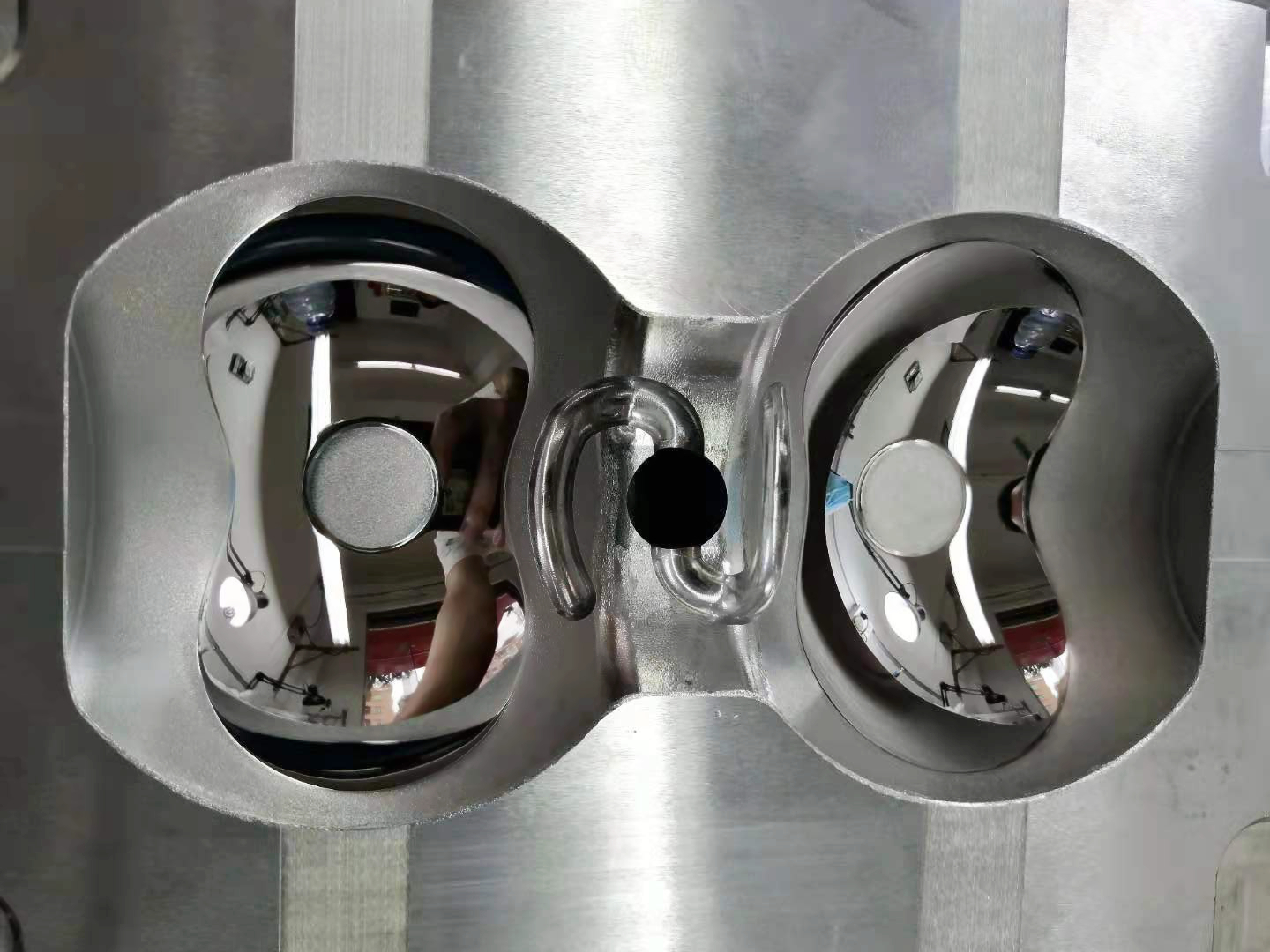Electroplating for Die Casting Tools: Boosting Corrosion Resistance and Aesthetic Appeal
Introduction
Die casting tools face continuous exposure to molten metals, high-pressure environments, and frequent ejection cycles—conditions that accelerate wear and corrosion. Electroplating offers a practical surface treatment to extend tool life while enhancing surface characteristics. This electrochemical process involves depositing a thin metallic coating, typically nickel or chromium, onto the surface of tool steels such as H13, D2, or Tool Steel S7. The result is a corrosion-resistant, smoother, and more durable tooling surface that supports higher production volumes and improves part quality.
What Is Electroplating?
Electroplating is an electrolytic process where a workpiece (cathode) is immersed in an electrolyte bath containing metal ions and coated using a direct electric current. Key technical parameters include:
Coating thickness: Typically 5–25 microns for die tools
Current density: 1–6 A/dm², depending on metal type
Plating time: 30–90 minutes for most industrial applications
Bath temperature: Maintained between 40°C and 60°C
The deposited layer is a barrier to oxidation and mechanical wear while improving tool lubricity and visual appeal.
Key Benefits of Electroplating in Die Casting Tools
Property Enhanced | Typical Improvement | Functional Impact |
|---|---|---|
Corrosion Resistance | Protection from moisture and metal fluxes | Prevents pitting and oxidation in aluminum and zinc die casting |
Surface Hardness | Up to 850 HV with hard chrome | Increases tool wear resistance and maintains edge integrity |
Surface Smoothness | Ra values as low as 0.2 µm | Reduces sticking and soldering of casted parts |
Aesthetic Appeal | Bright, uniform finishes | Improves inspection visibility and part cleanliness |
Electroplated tools perform especially well in visually sensitive castings, such as automotive components, where part finish and cleanliness are critical.
Types of Electroplating Used in Tooling
Several electroplating options are commonly applied to die casting tools:
Nickel Plating: Offers good corrosion resistance and uniform deposition. Suitable for complex geometries.
Hard Chrome Plating: Adds significant hardness (up to 850 HV) and excellent wear resistance, ideal for sliding and ejecting surfaces.
Composite Coatings: Nickel or chrome matrices with embedded particles (e.g., SiC, PTFE) offer enhanced lubricity or wear resistance for high-cycle production molds.
At Neway, we apply tailored plating solutions based on casting alloy, mold geometry, and production volume requirements.
Practical Application of Electroplating in Die Casting
Electroplating is especially effective on mold cores, cavities, shot sleeves, and ejector systems. For example, chrome-plated H13 inserts used in aluminum alloy die casting can withstand temperatures over 700°C with significantly reduced surface oxidation and soldering.
In zinc alloy production, nickel-plated cores help prevent galvanic corrosion between mold and casting material, extending mold life by up to 50%. Electroplated tools also reduce downtime by minimizing cleaning and polishing requirements.
Integration with Tool Maintenance and Post-Processing
Electroplating must be integrated with proper tool preparation and regular post-processing to achieve maximum durability. Pre-plating surface roughness should be below Ra 0.4 µm, and tools must be fully degreased and passivated to promote adhesion.
Post-casting, tools with electroplated surfaces show less build-up and require only minor polishing between cycles. Neway’s tool and die services include recoating and dimensional checks, ensuring plating remains intact through thousands of injection cycles.
FAQs
What is the typical coating thickness for electroplated die casting tools?
How does electroplating compare with PVD or nitriding in tool life?
Can worn die tools be re-plated to restore surface properties?
Which alloys benefit most from chrome or nickel-plated dies?
What surface preparation is necessary before electroplating a casting tool?

